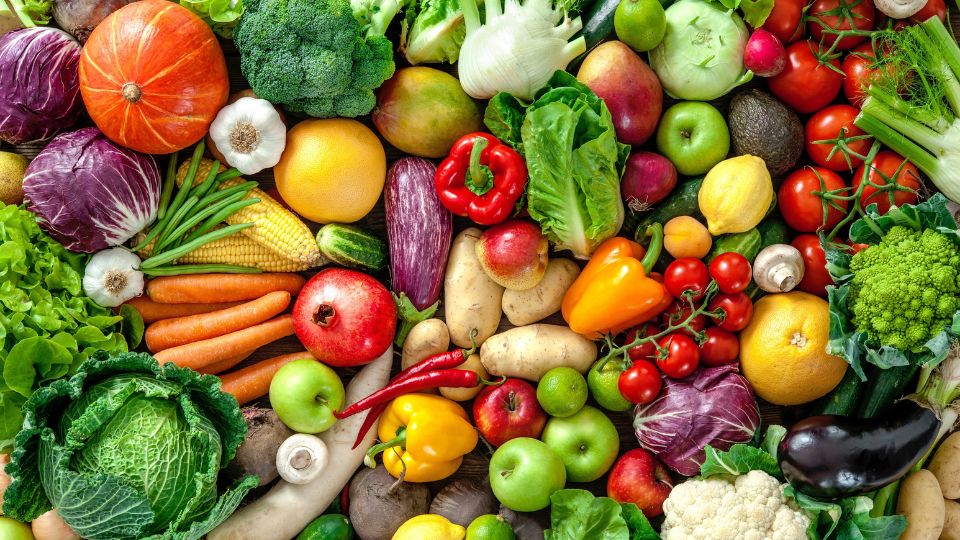Fruit and veg in pet food: formulations, claims and safe use

Plant ingredients are routinely added to pet foods, but formulations and amounts can vary greatly – as can potential benefits.
Plant-derived starches, proteins and fibers are used in the majority of commercially produced pet food. The addition of fruit and vegetables impacts on the nutritional value of a product and has implications for labeling declarations and claims.
Nutritional benefits and drawbacks
Starch from wheat, maize or potatoes allows for sufficient expansion in extrusion in dry pet food. In wet food, plant-based gelling agents or label-friendly rice starch create the structure and consistency of chunks, jelly and gravy. These elements may be formulated and added to products in multiple ways, from powdered additions to fiber bundles.
Plant material varies in nutritional value, but plants can easily increase protein content without adding as much fat or calcium as meat sources do. By using plant protein, formulators can include other ingredients (e.g. omega 3 fatty acids) at levels that either allow a content claim or a functional claim, while remaining within formulation constraints.
Plants naturally contain fiber at far higher levels than meat, but not all fibers are alike. Some are fermentable by gut microbes and the metabolites are associated with good health. Other fibers do not have much nutritional impact and mainly add bulk to the stool. A third category binds nutrients in the feed and therefore reduces the nutrients animals can derive from their feed. These types of fiber are in the category of anti-nutritional factors (ANFs) and are used at lower levels.
Plant materials frequently used in low quantities include yucca, inulin and antioxidants. The yucca plant contains saponins, which reduce stool odor by binding particular components in the digesta. Inulin, derived from chicory, is a prebiotic fiber that gut microbes can convert into beneficial compounds such as butyric acid. This results in an environment in which these beneficial microbes can thrive. Antioxidants, such as from blueberries and citrus fruits, have a physiological effect, protecting cells and DNA from oxidative damage.
Functional claims
Claims can be made about compounds with proven functionality on growth, development or normal functions of the body in the target pet species. Before these claims are made, a dossier based on scientific research is required to substantiate these assertions. The material used in the pet food must provide the functional substances described and is a key consideration in choosing raw materials and suppliers.
For content claims, it is worth considering the rehydration factor as stipulated by the European Pet Food Industry Federation (FEDIAF). Its example cites dehydrated carrot powder in a pet food recipe at a low inclusion. Calculating the equivalent amount of fresh carrot by using the moisture content may allow for a content claim such as ‘with carrot’. The method is described in the code of good labeling practice and could be a reason to formulate with fewer vegetable powders at slightly higher quantities.
Authorized and safe use
When considering vegetables and fruit in food formulation, the first step is to check safety for the pet. We cannot assume that an ingredient is safe for dogs or cats if it is safe for humans or other animals. For example, compounds in grapes, cocoa and garlic are toxic to both dogs and cats, but generally safe for humans.
The next step is to check authorized use of the ingredient. Regulation 68/2013 lists the feed materials authorized for use in feed for pets and food-producing animals within the EU. Since leaving the EU, the UK has developed the GB Register of Feed Materials based on the EU legislation. Separately, the EU Feed Materials Register is a list of feed materials not authorized for use in animal feed, but which businesses wish to get added. Irrespective of being authorized for general use in animal feed, safety for the pet must be ascertained.
Some plant materials have been purified or extracted for a specific purpose and are classed as feed additives, such as extracts of citrus and boswellia. The feed additive listing stipulates the target animal it is approved for, inclusion levels and other provisions.
